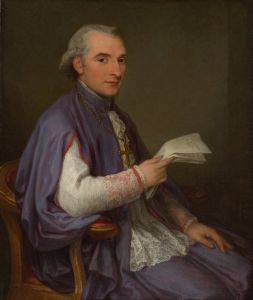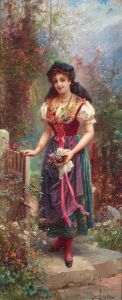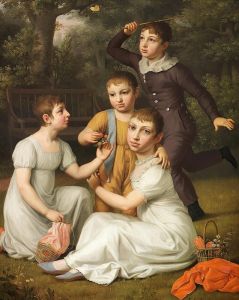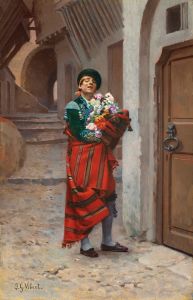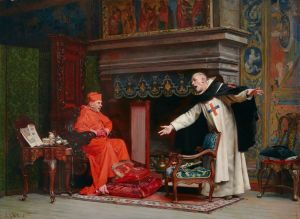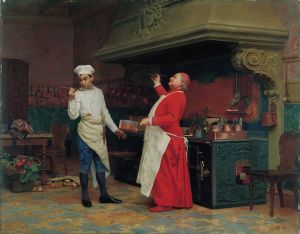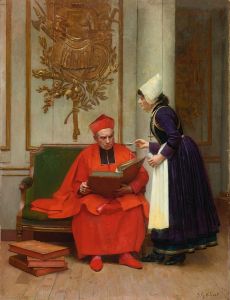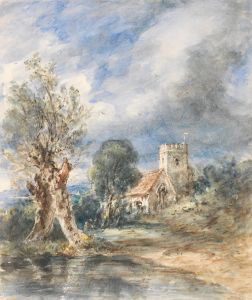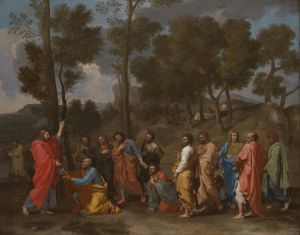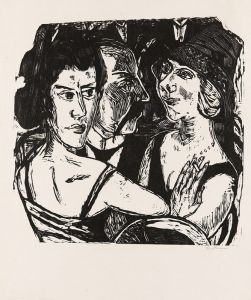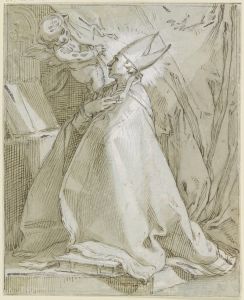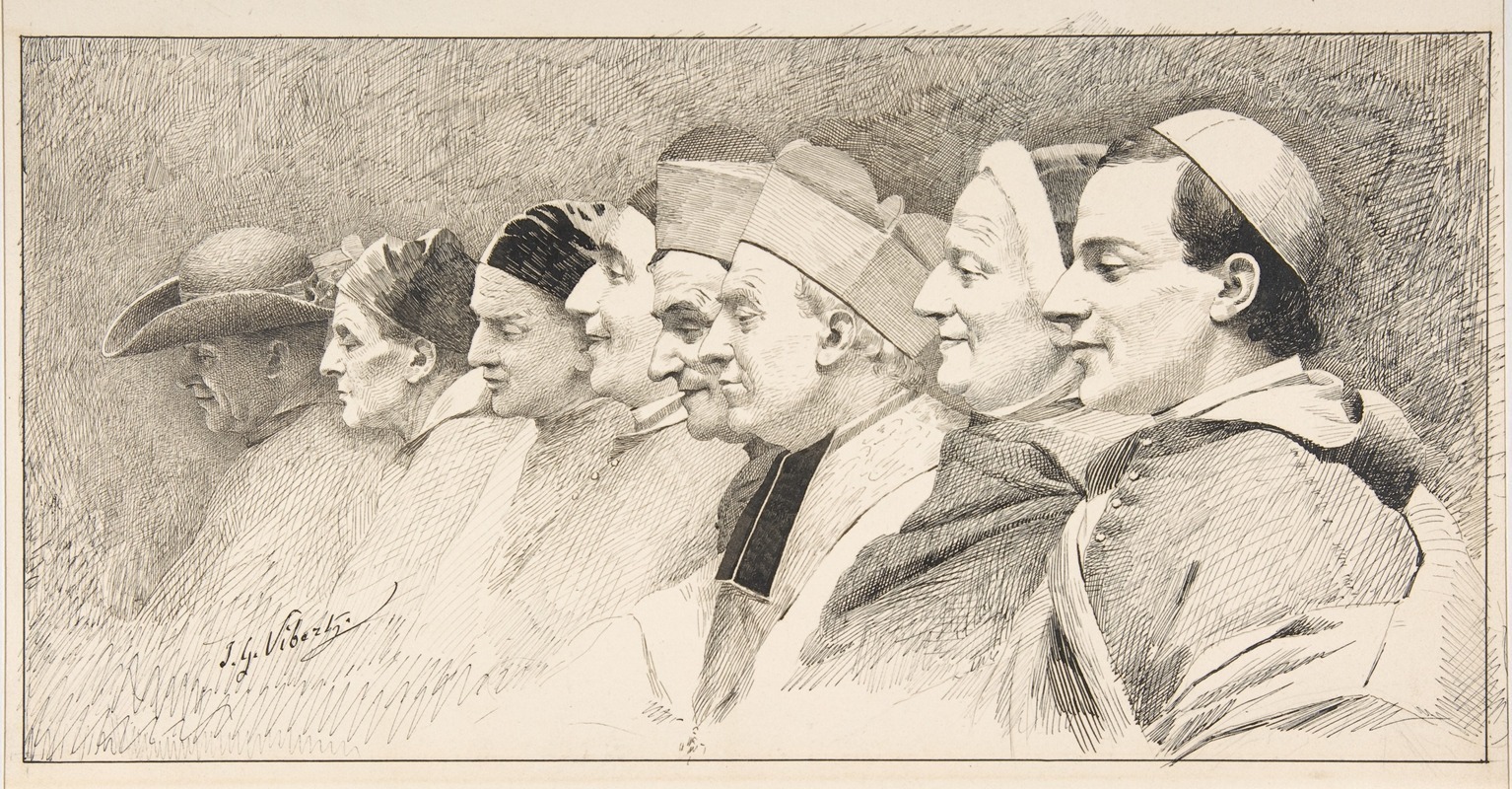
Eight Heads of Ecclesiastics
A hand-painted replica of Jehan Georges Vibert’s masterpiece Eight Heads of Ecclesiastics, meticulously crafted by professional artists to capture the true essence of the original. Each piece is created with museum-quality canvas and rare mineral pigments, carefully painted by experienced artists with delicate brushstrokes and rich, layered colors to perfectly recreate the texture of the original artwork. Unlike machine-printed reproductions, this hand-painted version brings the painting to life, infused with the artist’s emotions and skill in every stroke. Whether for personal collection or home decoration, it instantly elevates the artistic atmosphere of any space.
Jehan Georges Vibert (1840-1902) was a notable French academic painter and playwright, renowned for his satirical and often humorous depictions of ecclesiastical figures and clergy. One of his well-known works is "Eight Heads of Ecclesiastics," which exemplifies his skill in capturing the nuances of character and expression.
"Eight Heads of Ecclesiastics" is a painting that features a series of eight individual portraits of ecclesiastical figures, each rendered with meticulous detail and a keen eye for the subtleties of human expression. Vibert's work often focused on the clergy, and this painting is no exception, showcasing his ability to blend realism with a touch of satire.
The painting is characterized by its detailed and lifelike portrayal of the subjects, each of whom is depicted with a distinct personality and expression. Vibert's use of light and shadow, as well as his attention to the textures of the subjects' clothing and features, adds depth and realism to the work. The expressions range from solemn and contemplative to slightly amused, reflecting Vibert's interest in the human side of his ecclesiastical subjects.
Vibert was part of the academic art tradition, which emphasized technical skill and adherence to classical standards of beauty and composition. He studied at the École des Beaux-Arts in Paris and was a pupil of Félix-Joseph Barrias. Throughout his career, Vibert exhibited regularly at the Paris Salon, where his works were well-received by both critics and the public.
The artist's fascination with ecclesiastical themes can be traced back to the broader context of 19th-century France, where the relationship between the church and society was a subject of much debate and scrutiny. Vibert's paintings often reflect this dynamic, using humor and satire to comment on the clergy's role and behavior.
"Eight Heads of Ecclesiastics" is a testament to Vibert's ability to capture the essence of his subjects with both technical precision and a sense of wit. The painting invites viewers to consider the individuality of each figure, while also reflecting on the broader themes of religious life and human nature.
Vibert's work remains significant in the history of art for its unique blend of realism, satire, and commentary on contemporary society. His paintings, including "Eight Heads of Ecclesiastics," continue to be appreciated for their artistic merit and their insightful portrayal of the human condition.
In summary, "Eight Heads of Ecclesiastics" by Jehan Georges Vibert is a notable example of the artist's skill in portraiture and his interest in ecclesiastical themes. The painting's detailed and expressive depictions of its subjects reflect Vibert's technical prowess and his ability to infuse his work with humor and insight.





